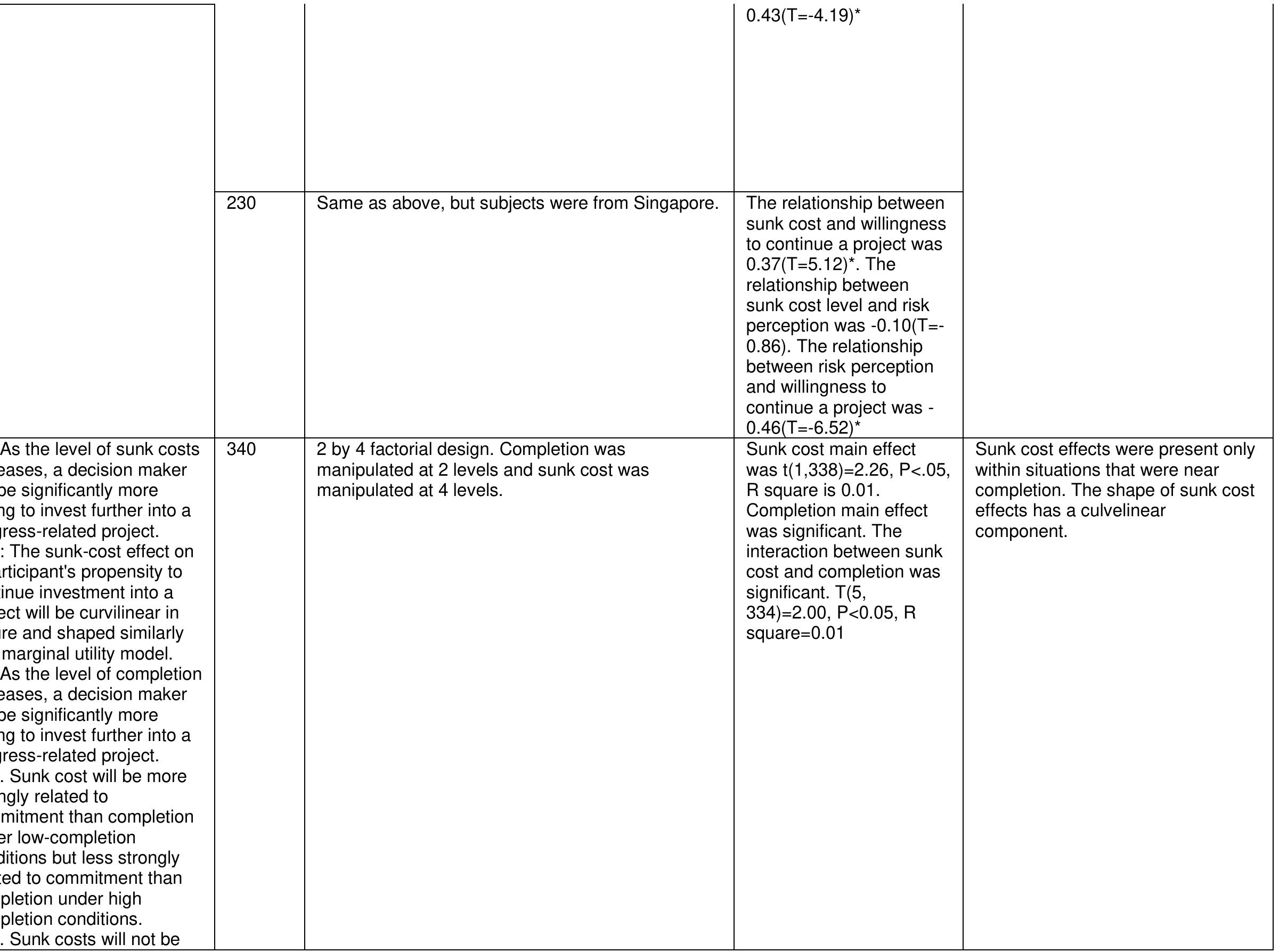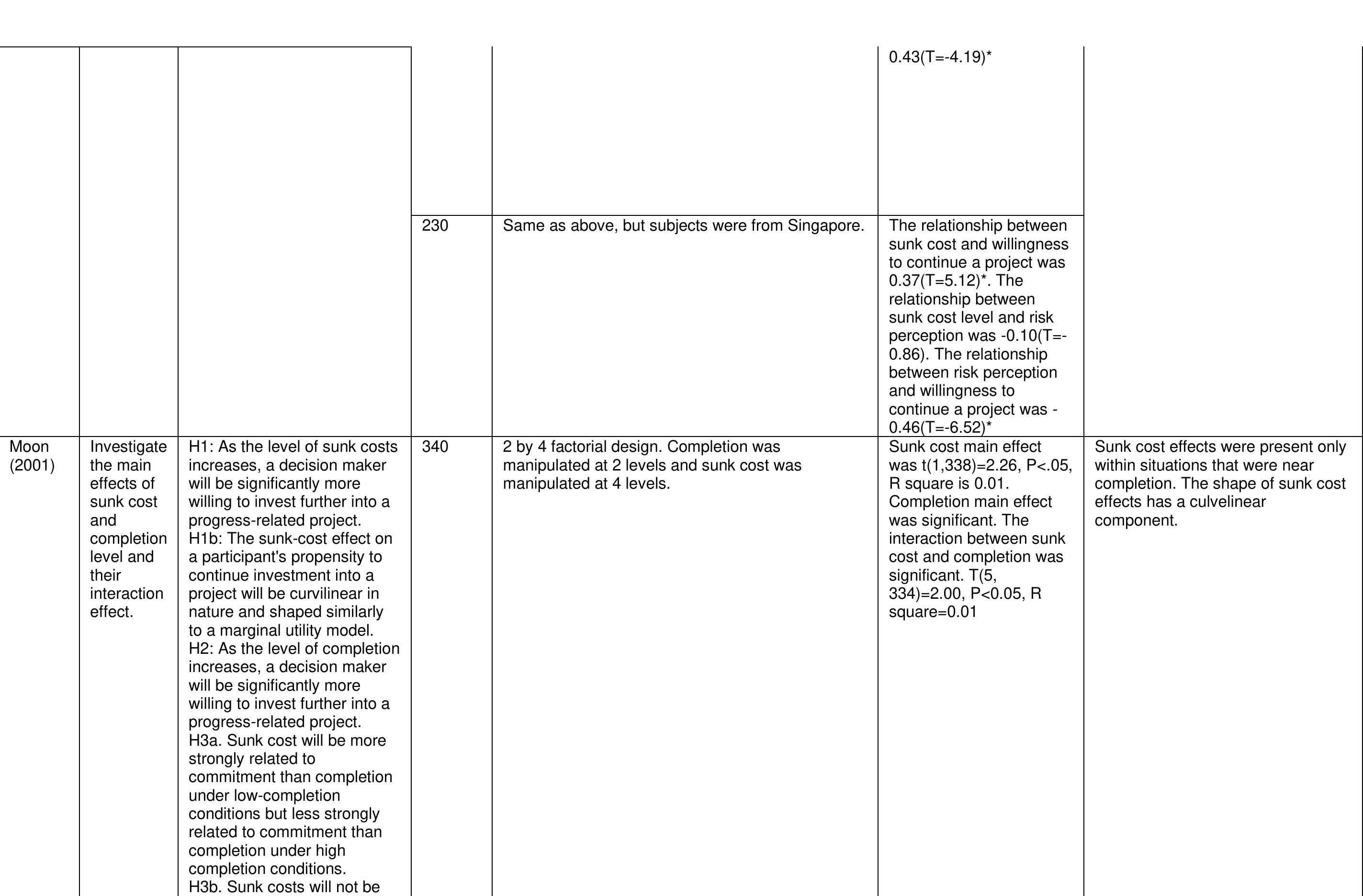The increased usage of online platforms is one of the significant effects of the COVID-19 pandemic, as institutions all over the world have had to rely on digital means to carry out their functions. Though the effectiveness with which... more
Meaningfulness of Academic Migrants’ Education, Its Assessment and Modeling on It-based Technologies
The article is devoted to the relevant problems of educational migration flows both in the real and virtual environment. The article discusses the positive and negative experience with virtual platforms in Russia and abroad. Particular... more
The fields of dance and architecture initially seem in direct opposition-one dedicated to movement and the other to stasis. In many ways dance appears to hold the many qualities ever beyond architecture; the opportunity of flight, of... more
The fields of dance and architecture initially seem in direct opposition-one dedicated to movement and the other to stasis. In many ways dance appears to hold the many qualities ever beyond architecture; the opportunity of flight, of... more
An overview of a virtual design environment (virtual platform) developed as part of the European Commission funded VRShips-ROPAX (VRS) project is presented. The main objectives for the development of the virtual platform are described,... more
This chapter introduces communities of practice as a means to explore human computer interaction in online collaborative environments. Through a wide review of the literature on communities of practice and their virtual counterparts, it... more
The chapter presents a study made in order to find out how the e-learning experience enhances the social presence in the community of practice. The study was carried out for the online master degree programme in project management,... more
Threaded discussions are one of the central tools of online education. These tools enhance student learning and compensate for the lack of social interaction. This study examines whether these social interactions are affected by some... more
This chapter provides a classification of virtual communities of practice according to methods and tools offered to virtual community members for the knowledge management and the interaction process. It underlines how these methods and... more
Global forces—economic, political and technological — threaten communities in many ways. On the one hand, citizens may feel like they’re part of an undifferentiated crowd with no personal identity. On the other hand, they may feel... more
This paper proposes a linear model for optimizing domestic energy consumption in Romania. The particularity of the model is that it is putting in competition both tangible technologies and thermal insulation projects with different... more
Career and vocational educators (CTE) need to find ways to foster online communities of practice (CoP) in order to optimize learning and application of knowledge to real workplaces. Not only do students engage more actively in their... more
Meaningfulness of Academic Migrants’ Education, Its Assessment and Modeling on It-based Technologies
The article is devoted to the relevant problems of educational migration flows both in the real and virtual environment. The article discusses the positive and negative experience with virtual platforms in Russia and abroad. Particular... more
Agile development methods are widely utilized in software development. There is a growing interest and effort to introduce them to other areas of technology, such as development of space systems. Space systems are typically safety- and... more
In the context of distributed collaborative learning, it is usually difficult for students to be aware of others’ activities and for instructors to overview the process and regulate the collaboration. In order to facilitate collaborative... more
Escalation is a serious management problem, and sunk costs are believed to be a key factor in promoting escalation behavior. While many laboratory experiments have been conducted to examine the effect of sunk costs on escalation, there... more
This chapter argues that diffusion theory models like the technology acceptance model (TAM) need to be rethought of in light of contextual factors that are becoming increasingly important in modern inter-organisational settings. This is... more
The history and development of guidelines on the ethics of providing online counselling and guidance are considered. Some issues the authors have found to be of particular importance are highlighted with reference to particular... more
Virtual communities that allow many users to interact in a virtual world, often called multi-user virtual worlds (MUVWs), allow users to explore and navigate the virtual world as well as interact with other users. The communicative... more
Community of practice (CoP) encompasses shared approaches for carrying out tasks with a view to facilitating intellectual neighborliness among learners, educators and practicing professionals. Despite the popularity of the CoP approach... more
Collaborative learning is used as a key principle in several approaches for designing virtual learning environments (e.g. CTGV, 2000). This is due to the fact that collaboration seems to foster individual knowledge acquisition (Lou,... more
Developing software that meets the customers or stakeholders' needs and expectation is the ultimate goal of the software development methodology. To meet their need we have to perform requirement engineering which helps to identify and... more
This chapter presents a case study of virtual collaboration that focuses on a research and production team's approach to making choices about the most appropriate technologies to support the team's interactions. The study... more
This chapter attempts to consolidate concepts, ideas and results reported in this volume in an effort to synthesize an agenda and sketch a roadmap for future research and development on virtual community practices facilitated by... more
This chapter provides a classification of virtual communities of practice according to methods and tools offered to virtual community members for the knowledge management and the interaction process. It underlines how these methods and... more
QQ has been a leading force of China's social media revolution both in terms of its user reach and its socio-cultural impact. This chapter offers an analysis of QQ groups based on semi-structured in-depth interviews of 33 users with a... more
The objective of this chapter is twofold. On one hand, it tries to introduce and present various components of Human Computer Interaction (HCI), if HCI is modeled as a process of cognition; on the other hand, it tries to underline those... more
This chapter will present a new approach to designing learning interactions and experiences that reconciles relatively stable learning processes with relatively new digital practices in the context of social software and Web 2.0. It will... more
This chapter will present a new approach to designing learning interactions and experiences that reconciles relatively stable learning processes with relatively new digital practices in the context of social software and Web 2.0. It will... more
Interaction among members in Virtual Learning Communities influences the communities' evolution. Starting from this consideration, this chapter provides a discussion on the more widely used software systems that support interaction... more
Augmented reality (AR) brings flexibility and openness to learning. It also strengthens connections between learners in multiple contexts by adding a new dimension to mobile learning. As well, AR facilitates the learning process of the... more
The dynamic nature of group process is a long-standing challenge for research and practice, and particularly so in virtual teams, which are increasingly a regular part of organizational life today. Virtual teams act in fluid environments,... more
This chapter provides a classification of virtual communities of practice according to methods and tools offered to virtual community members for the knowledge management and the interaction process. It underlines how these methods and... more
Community of practice (CoP) encompasses shared approaches for carrying out tasks with a view to facilitating intellectual neighborliness among learners, educators and practicing professionals. Despite the popularity of the CoP approach... more
One aspect of writing in government, business, and academia that always has been collaborative is the document review process. In this process, all persons with a stake in the final writing product are invited to help shape the piece in... more
Virtual interactions play an important role in distance electronic learning. This chapter suggests an evaluation tool of virtual interactions in electronic forums and reports two case studies carried out using this tool. The first case... more
Augmented reality (AR) brings flexibility and openness to learning. It also strengthens connections between learners in multiple contexts by adding a new dimension to mobile learning. As well, AR facilitates the learning process of the... more















